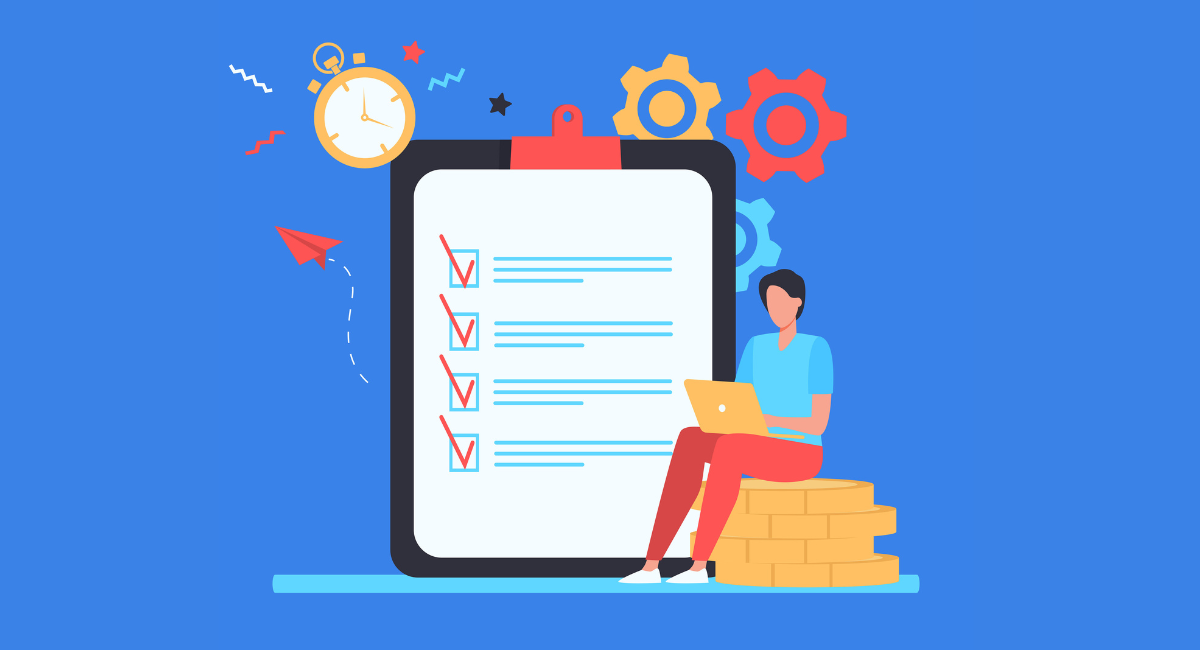In the complex world of software development, software Quality Assurance (QA) Engineers ensure that the applications are working correctly and effectively before they go to production.
A crucial role of the QA process is test design, and one of the most common forms of test design tests is cases written for systematic scenarios to demonstrate that all business needs and requirements are met.
Effective design of test cases not only contributes to defect finding at early stages but it also aids in lesser maintenance cost in the future, increased user satisfaction, and software reliability.
It is the intention of this guide to give QA engineers power with definite, structured means on examples of test case design and tips on reaching optimal software testing results.
Understanding Test Case Design for QA Engineers

Definition of test case design
Test case design is a description of the conditions, which enable a tester to ascertain whether the software feature is working correctly or not.
The key parts of a test case become a unique identifier, preconditions, input values, expected result, and post-conditions.
Such a test case design is responsible for ensuring proper coverage of input combinations as well as assurance of software behavior which conforms to specified requirements.
Importance of well-crafted test cases in software testing
Well-designed test cases play a very crucial role in software testing as far as the quality and reliability of the final product is concerned. In addition, they discover defects in the early stages and hence save time and cost in software development.
Strong test cases provide wide coverage and lessen the chance of untested parts of the code. They also ensure that new changes do not affect the old function of the application.
Clear and clean test cases enable productive QA engineers by offering explicit test instructions and providing expected outcomes.
Elements of Effective Test Grades
Clear and concise objectives
Effective test cases must have clear and concise objectives. They should precisely describe what is being tested and why. This clarity helps testers understand the scope of the test and ensures all team members are on the same page regarding testing goals.
For instance, a test case for a login feature might aim to verify if the input of valid credentials grants access to the user. This objective is straightforward and guides the tester on the primary focus of the test case.
Proper Documentation
Proper documentation is a pillar of good test case design. This involves the detailed recording of all the aspects of a test case, including test steps, environment conditions, assumptions, and testing scripts.
Documentation acts as a guide for carrying out the tests accurately and consistently. It is also essential for historical reference and for maintaining the integrity of the test suite over time.
Adding screenshots, error logs, and exact failure messages can further enrich the documentation, providing more depth and clarity.
Reusability
Reusability in test case design is about crafting test cases that can be used in multiple testing scenarios, including different versions of the software or other similar applications.
This approach not only saves time but also reduces the effort needed to create new test cases from scratch. Reusable test cases are typically generic enough to cover multiple functionalities yet specific enough to provide clear guidance on what is being tested.
For instance, a test case designed to check user authentication could be reused in different modules of the application where user verification is required.
Strategies for Creating Effective Test Cases

Creating effective test cases is a fundamental skill for QA engineers, which helps in making the software testing process smoother and more reliable. Here are some widely used strategies in test case design:
Boundary Value Analysis
Boundary Value Analysis (BVA) is a technique that focuses on the values at the boundaries. This technique helps in identifying errors at the edges of input ranges.
For instance, if your application accepts inputs between 1 and 100, test cases should be designed to include not just the limits (1 and 100) but also the values just outside them (0 and 101).
This approach often catches errors that occur at boundary conditions, which are common bugs in software applications.
Equivalence Partitioning
Equivalence Partitioning (EP) divides data into partitions which can be considered equivalent. Each partition is assumed to be treated in the same way by the software.
For example, if a password field accepts only alphabets between 5-10 characters, then valid and invalid inputs can be divided into partitions.
These could include correct alphabets within length, below minimum length, above maximum length, and usage of invalid characters. Testing a single representative from each partition should theoretically verify the complete input set for that category.
Decision Table Testing
Decision Table Testing is used when complex business rules govern the software’s functionality. This method provides a systematic way of looking at combinations of conditions and the corresponding actions that must be taken.
It helps in identifying inconsistencies or missing rules in software functionality. Each column of the decision table represents a unique combination, and testing is done for each one to ensure all possible scenarios are covered.
Practical Examples of Test Page Design
To provide a concrete understanding, here are examples of test case designs for common testing scenarios:
Example 1: Login Page Testing
For a login page, test cases might include:
- Valid email and password.
- Valid email and incorrect password.
- Invalid email format and password.
- Empty email and password fields.
- Response time for login attempt.
Each case tests a different aspect of the login functionality, from input validation to the system's ability to handle incorrect entries efficiently.
Example 2: E-commerce Checkout Process Testing
Testing an e-commerce checkout process could involve:
- Adding items to the cart and proceeding to checkout.
- Applying discount codes and checking if the price calculation is correct.
- Entering different types of billing and shipping addresses.
- Selecting various payment methods and simulating transaction outcomes.
- Ensuring that the final confirmation and receipt generation stages work smoothly.
This helps ensure that users have a seamless experience from cart to confirmation.
Example 3: Mobile App Functionality Testing
For mobile apps, core functionalities can be checked through cases like:
- App load and login under different network conditions.
- Interface responsiveness when switching between app functions.
- Data accuracy when viewing or retrieving from the app.
- Battery usage and app stability under prolonged usage.
- Compatibility with various devices and OS versions.
Testing each scenario helps in validating the app’s performance, usability, and reliability.
Tips for QA Engineers on Test Case Design
Prioritizing test cases
When designing test cases, prioritization is crucial, especially when resources are limited or deadlines are tight. First, prioritize test cases based on the risk and impact of defects in particular functionalities.
High-risk areas should always be tested first. Secondly, consider the frequency of use of a feature components that are used more often should be tested more thoroughly.
Finally, prioritize based on the complexity of features; complex features are more likely to harbor defects and should be given precedence in testing schedules.
Continuous refinement of test cases
QA engineers should treat test cases as living documents that need regular updates and refinement. After each testing cycle, gather feedback on the effectiveness of each test case.
Use this data to make necessary modifications, such as adjusting the steps for clarity, updating expected outcomes, or refining conditions for execution.
Regularly retiring redundant or obsolete test cases also keeps the testing suite efficient and effective.
Collaboration with developers for better test case design
QA engineers are enabled for creating better test cases with increased accuracy through effective communication and collaboration with development.
Engage with developers as early in the development cycle as practical to grok what functionality the application supports and what are edge cases. This proactive approach allows for the design of more comprehensive and robust test cases.
Developers can help provide insights that may not be directly observable from the requirements document alone, hence being pivotal in identifying areas of risk and critical scenarios that need testing with a lot of caution.
Book a Demo and experience ContextQA testing tool in action with a complimentary, no-obligation session tailored to your business needs.
Conclusion
Conclusively, mastering test case design is crucial for QA engineers to enhance software quality and functionality. By understanding the principles of creating thorough, clear, and efficient test cases, you can significantly impact the success of a software product.
The examples provided should serve as a starting point, but always aim to refine and tailor test cases to meet specific project requirements.
Remember, well-designed test cases lead to a smoother development process and a more reliable software product. Keep practicing and updating your knowledge on the latest testing techniques and tools to remain effective in this dynamic field.
Also Read - Top 10 Behavior Driven Development (BDD) Testing Tools for Effective Software Testing
We make it easy to get started with the ContextQA tool: Start Free Trial.
